If you're having trouble with iMessage on your Mac, you're not alone. Many users experience issues where iMessage fails to send or receive messages. Fortunately, there are several steps you can take to resolve these problems and get iMessage working correctly again.
Ensure Your Mac Has an Active Internet Connection
Step 1: Open a web browser like Safari or Chrome on your Mac.
Step 2: Try navigating to any website to check if your internet connection is active. If webpages aren't loading, you'll need to troubleshoot your internet connection before iMessage can work properly.
Verify Apple's iMessage Server Status
Step 1: Visit Apple's System Status page to check if iMessage is experiencing outages.
Step 2: Look for the iMessage service in the list. A green indicator means it's operating normally, while a red indicator signifies there's an issue on Apple's end. If it's red, you'll need to wait until Apple resolves the problem.
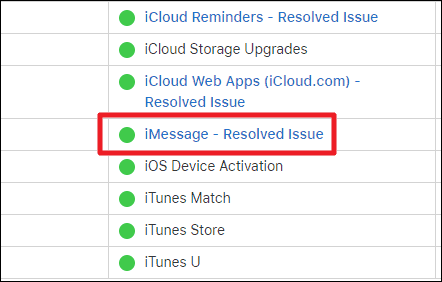
Restart Your Mac
Sometimes, a simple restart can fix minor glitches.
Step 1: Click on the Apple menu in the top-left corner of your screen.
Step 2: Select 'Restart...' from the dropdown menu.
Step 3: After your Mac restarts, try using iMessage again to see if the issue is resolved.
Check Your Mac's Date and Time Settings
Incorrect date and time settings can interfere with iMessage authentication.
Step 1: Click on the Apple menu and select 'System Preferences'.
Step 2: Choose 'Date & Time'.

Step 3: Ensure that 'Set date and time automatically' is checked. You might need to click the lock icon at the bottom left and enter your password to make changes.

Ensure You're Signed In with the Same Apple ID
iMessage requires that you're signed in with the same Apple ID across your devices.
Step 1: Click on the Apple menu and select 'System Preferences'.
Step 2: Go to 'Internet Accounts'.

Step 3: Select 'iCloud' from the left sidebar and note the Apple ID you're using.
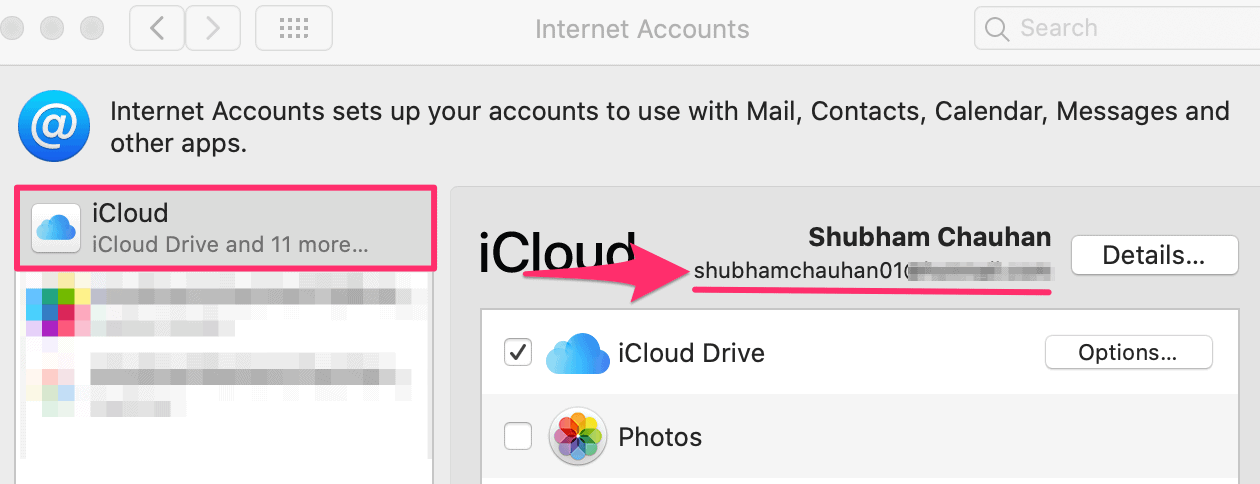
Step 4: Open the Messages app by pressing Command + Space, typing 'Messages' in Spotlight Search, and pressing the Return key.
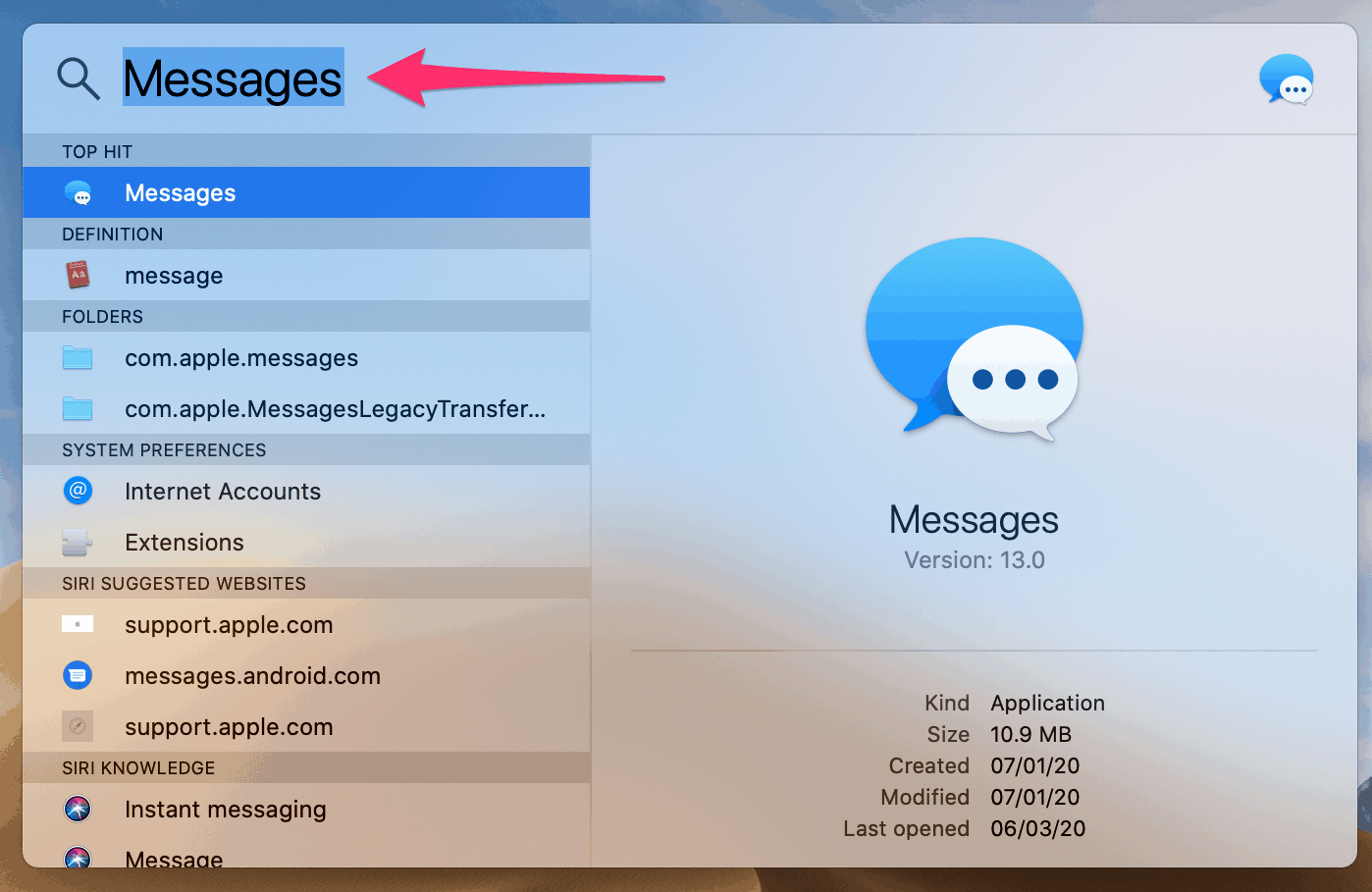
Step 5: In the Messages app, click on 'Messages' in the menu bar and select 'Preferences'.
Step 6: Click on the 'iMessage' tab and verify that the Apple ID matches the one in iCloud.
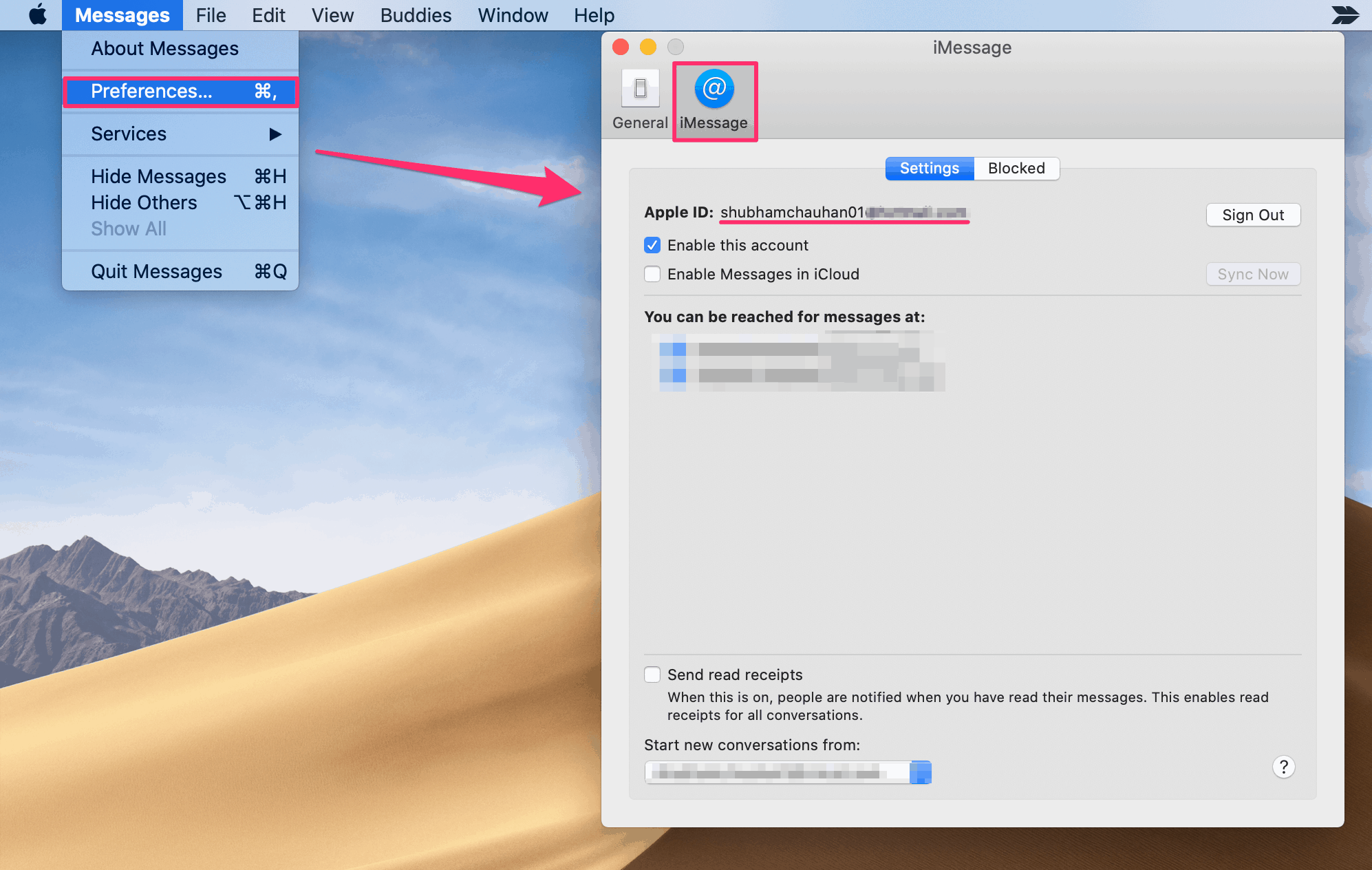
Step 7: If the Apple IDs do not match, click 'Sign Out' in the Messages app and sign back in using the Apple ID from iCloud.

Disable and Re-Enable iMessage
Refreshing your iMessage connection can help resolve issues.
Step 1: In the Messages app, go back to 'Preferences' and click on the 'iMessage' tab.
Step 2: Uncheck the 'Enable this account' box to disable iMessage.
Step 3: Wait a few moments, then recheck the 'Enable this account' box to re-enable iMessage.

Check iMessage on Your Other Devices
Ensure that iMessage is working on your iPhone or iPad. If you're experiencing issues on those devices as well, the problem might be with Apple's servers.
Step 1: On your iPhone or iPad, try sending an iMessage to a contact.
Step 2: If it's not working, visit Apple's System Status page to check for outages.

Sign Out and Back Into iCloud
Signing out of iCloud and then back in can reset various services, including iMessage.
Step 1: Click on the Apple menu and select 'System Preferences'.
Step 2: Go to 'Internet Accounts'.
Step 3: Select your iCloud account from the left sidebar.
Step 4: Click the '-' button at the bottom to sign out of iCloud.
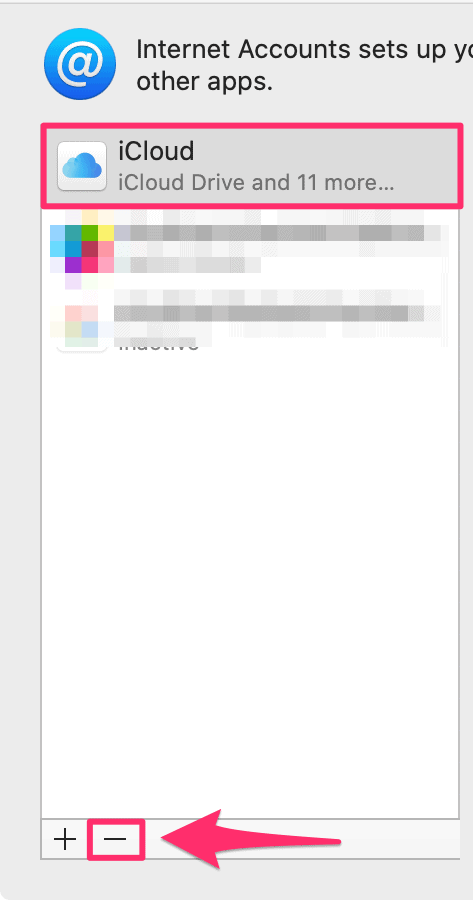
Step 5: When prompted, choose to 'Keep a Copy' of your data on the Mac.
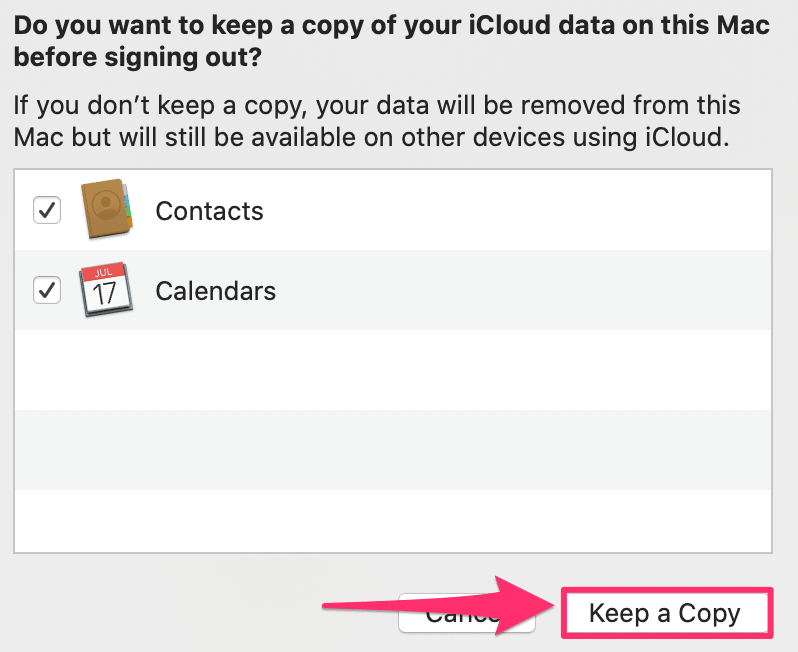
Step 6: Restart your Mac.
Step 7: After restarting, return to 'System Preferences » Internet Accounts'.
Step 8: Click the '+' button at the bottom to add an account.
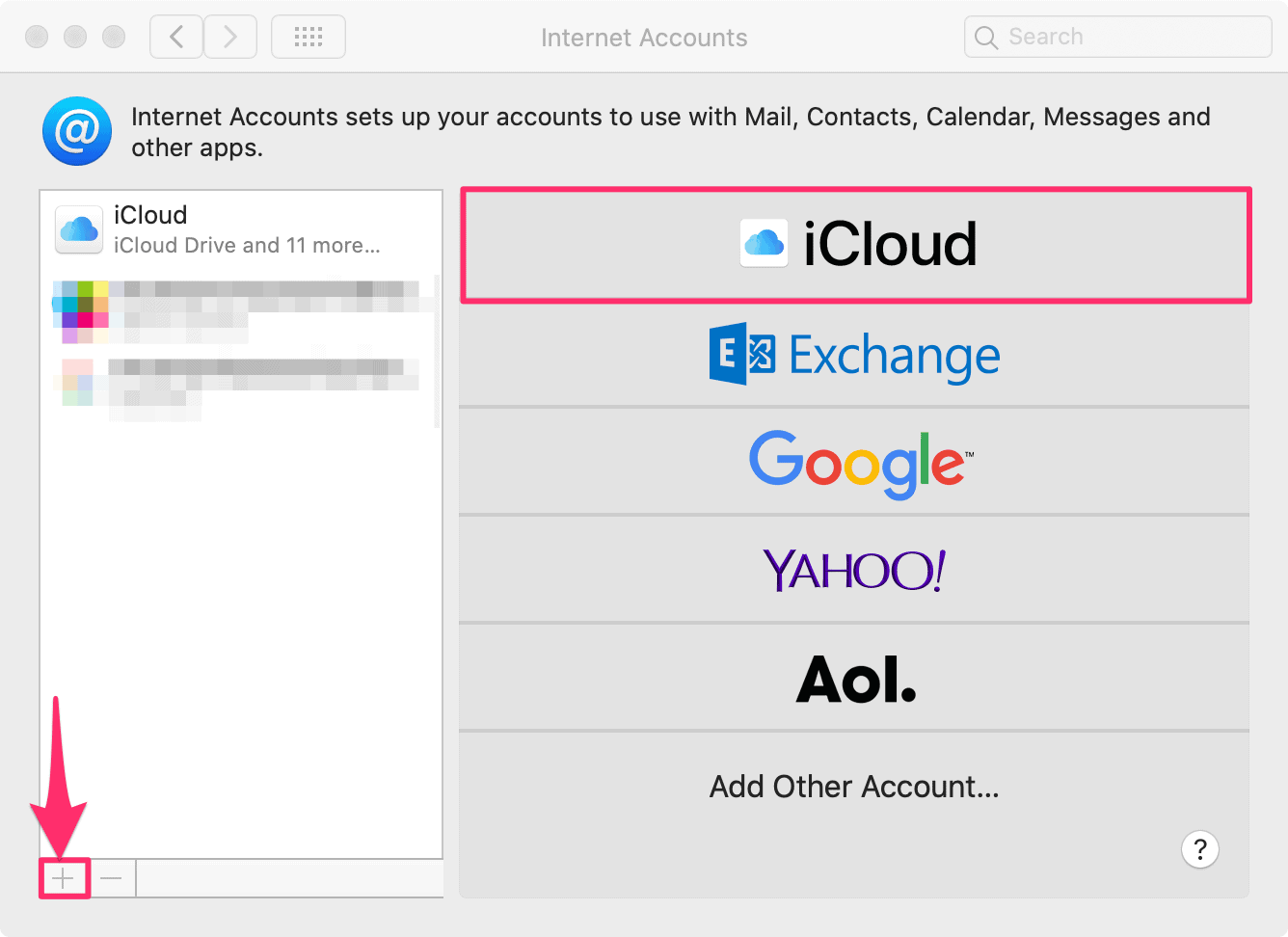
Step 9: Select 'iCloud' and sign in with your Apple ID and password.

After signing back into iCloud, try using iMessage again to see if the issue is resolved.
If none of these steps fix the problem, consider reaching out to Apple Support for further assistance. They may be able to provide additional solutions specific to your situation.





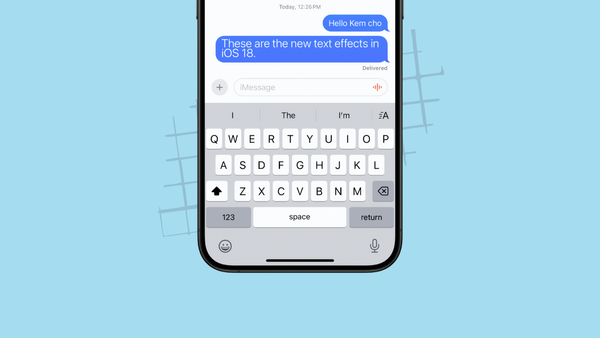
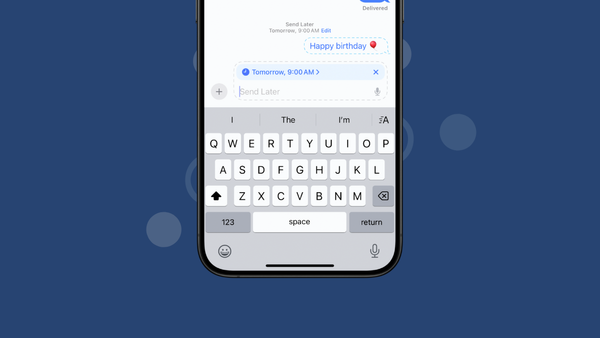



Member discussion